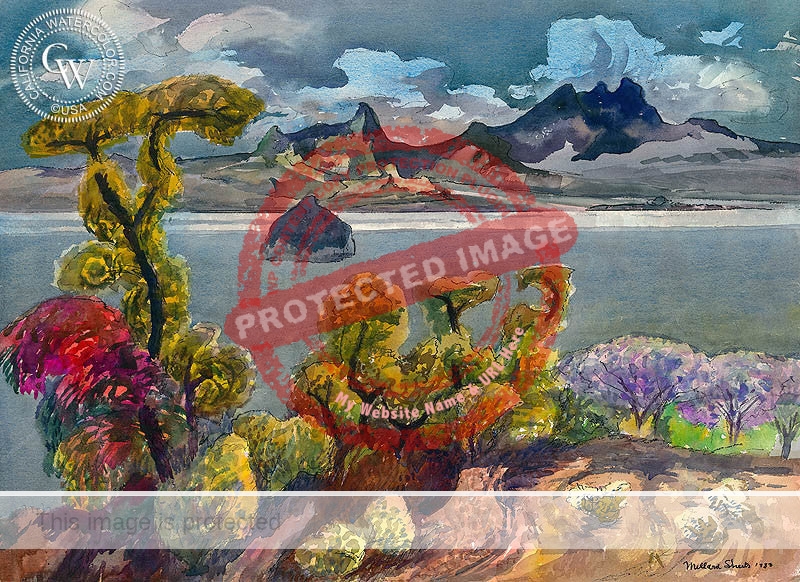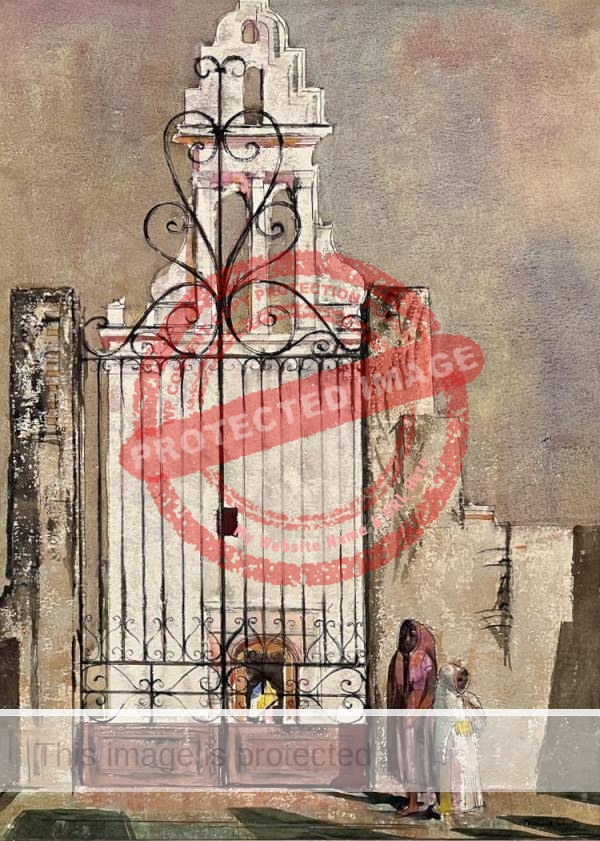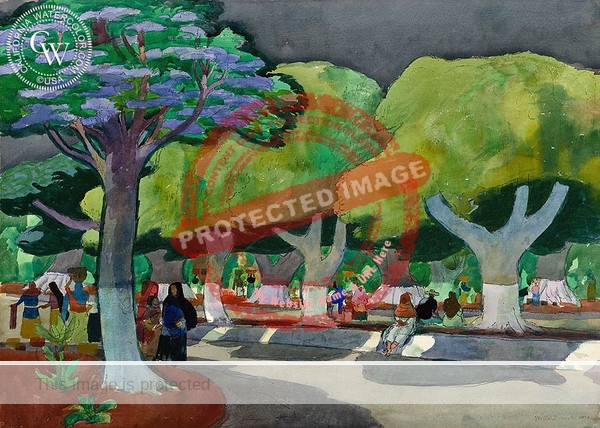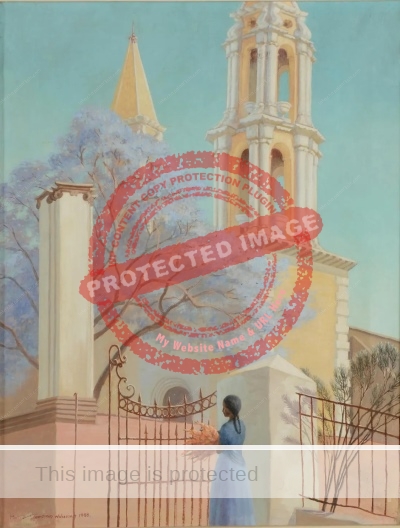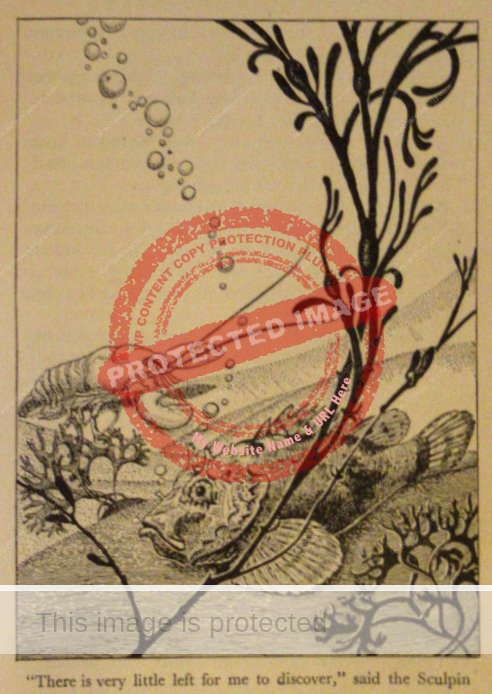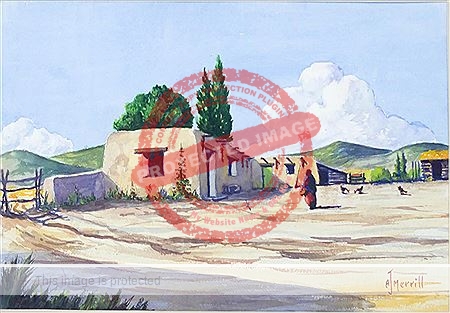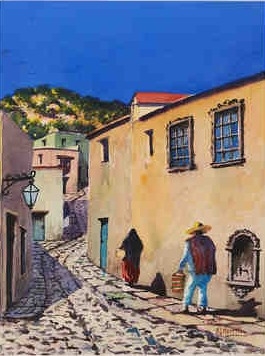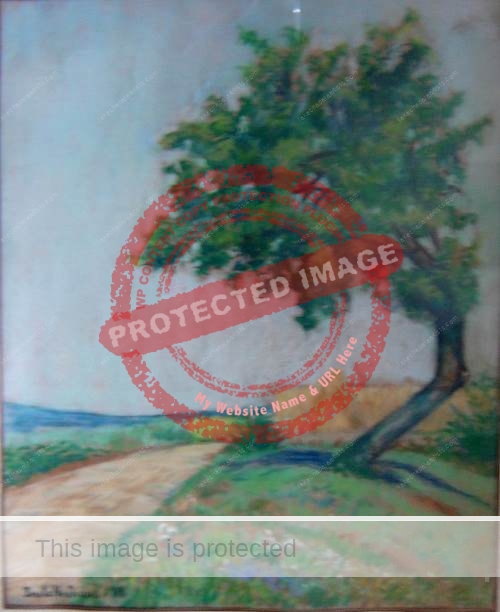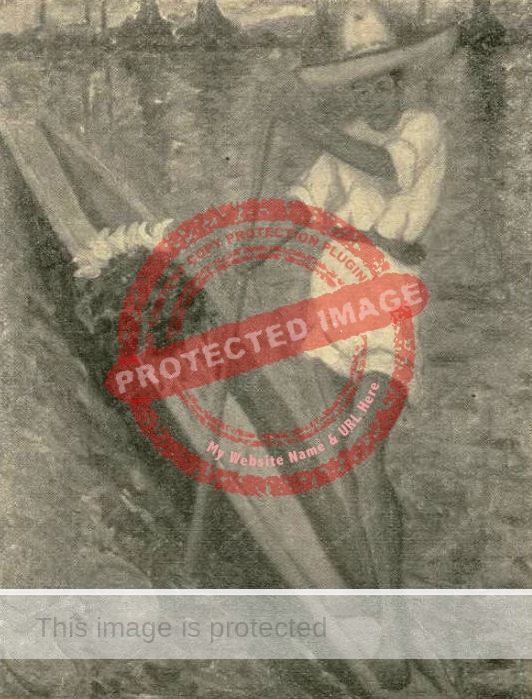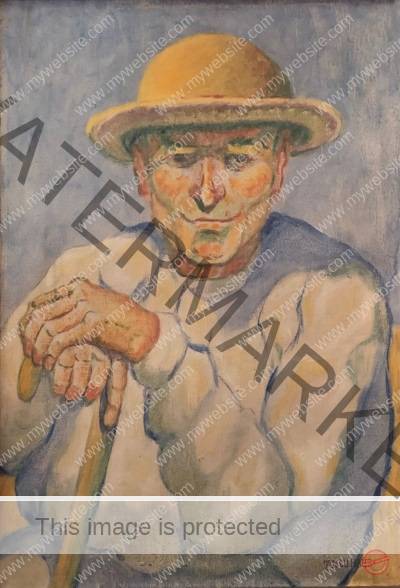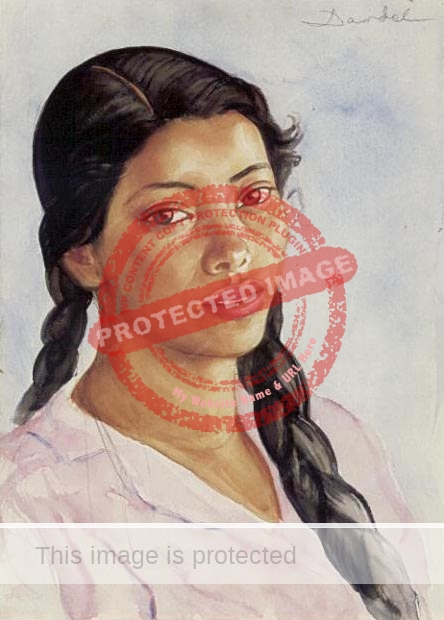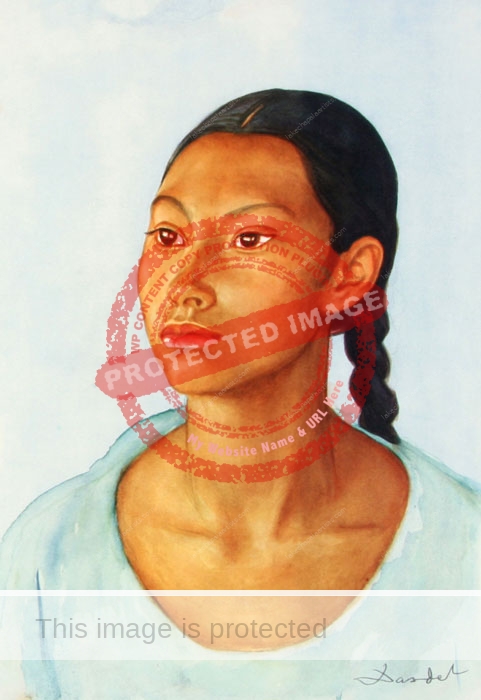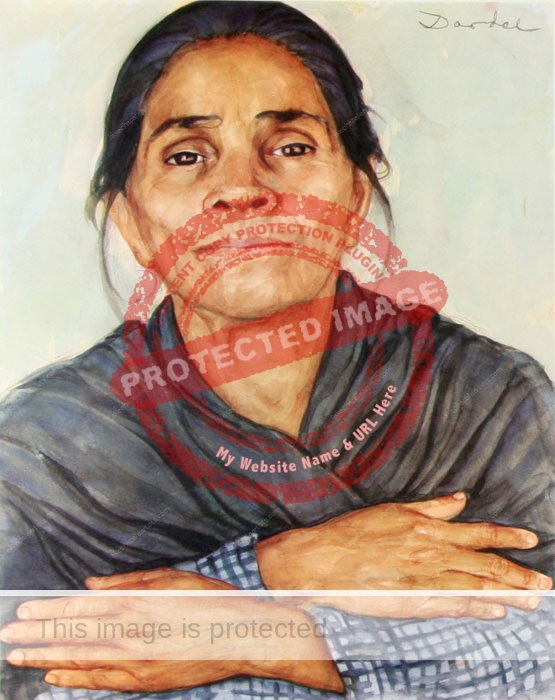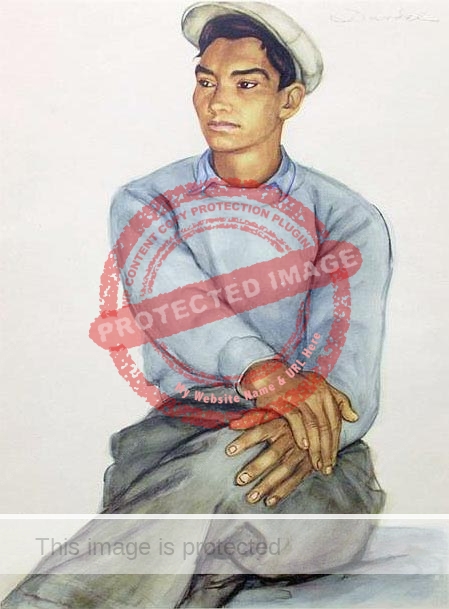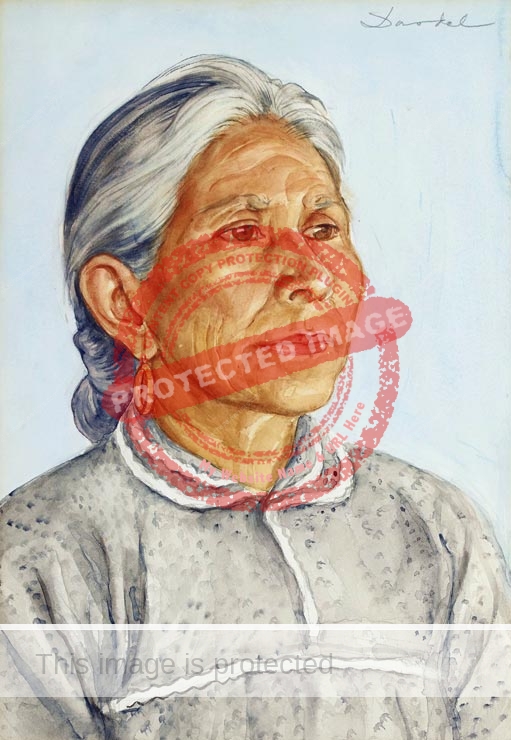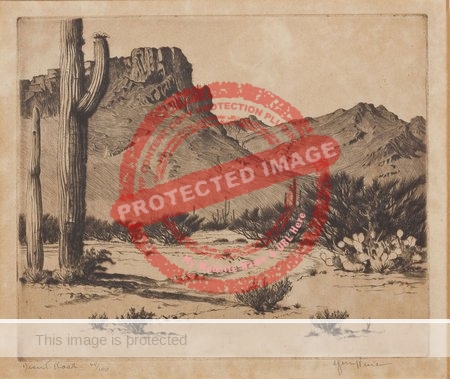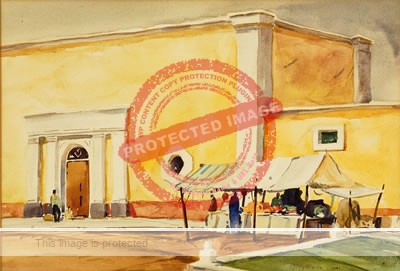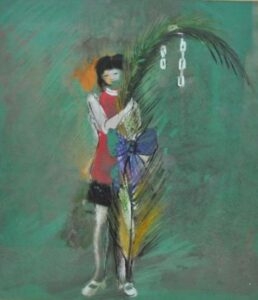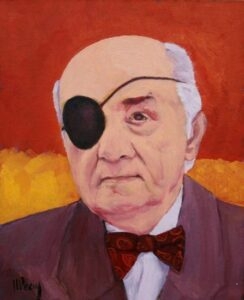It is not surprising that the iconic and historic Chapala Railroad Station, designed by Guillermo de Alba, and completed in 1920, has appealed to so many photographers and artists over the years, and his grandson Martin Casillas de Alba is the author of several books related to Lake Chapala and his family’s links to local history.
The railroad, built with largely Norwegian capital, was the major project of the Compañía de Fomento de Chapala, S.A. (Chapala Development Company), an enterprise masterminded by Norwegian visionary Christian Schjetnan.

Photo: ‘Romero.’ c. 1925. Postcard published by S. Altamirano.
Prior to engaging de Alba, Schjetnan had asked Norwegian-American architect Arne Dehli to prepare a drawing showcasing how the station could be the focal point for a massive hotel-residential-marina project. Those plans sadly came to nothing. The railroad operated for only six years, from 1920 to 1926, before closing owing to a lack of profitability and exceptionally heavy rains which raised the lake level and flooded the tracks. (The lake’s highest recorded level during the twentieth century was on 27 August 1926.)
Users of the station in its heyday included, in 1923, English novelist D. H. Lawrence and his wife, Frieda; U.S. poet Witter Bynner and his traveling companion Willard ‘Spud’ Johnson; and visual artists Lowell Houser and his friend Everett Gee Jackson. Jackson later recounted how he and Lowell had taken the train to Chapala on the spur of the moment, and loved what they saw:
“We walked from the railroad depot, which was on the edge of the great silvery lake, down into the village with its red-tile-roofed houses. All the little houses that lined the streets were painted in pale pastel colors, and most of the men we met in the streets were dressed in white and had red sashes around their waists and wide-brimmed hats on their heads. The women all wore shawls, or rebozos, over their heads and shoulders. Soon we came to the central plaza, which had a little blue bandstand in the middle.” (Burros and Paintbrushes, 5)
In the mid-twentieth century, the Chapala station building fell into disuse. It had become a multi-family squat, by the time its then owners—the González Gallo family—gave it to the state in 1992. Restoration began in 1998, and the building formally reopened as the González Gallo Cultural Center in 2006. The building and its extensive grounds now house a small museum of local archaeological and historical pieces, with spaces for exhibitions, presentations, concerts and other events.
Among the various early published photographic postcards of the Railroad Station are several images captured by Chapala-born José Edmundo Sánchez, and by two Guadalajara-based photographers: Juan Aráuz Lomeli and ‘Romero.’ One of Romero’s photographs of the station was colorized and published by the enigmatic ‘S. Altamirano.’
Post-1940 images published as postcards include those by Demetrio Padilla López (Foto Esmeralda) and by Jesús González Miranda, two prolific photographers of Chapala.
Here are four paintings or sketches of the station by visual artists completed in the second half of the twentieth century.
David Morris painted the station in the early 1950s, when he was a student at the University of Guadalajara. Morris’s main love was not painting, but pottery, and he gained a reputation as one of the finest California potters of all time.
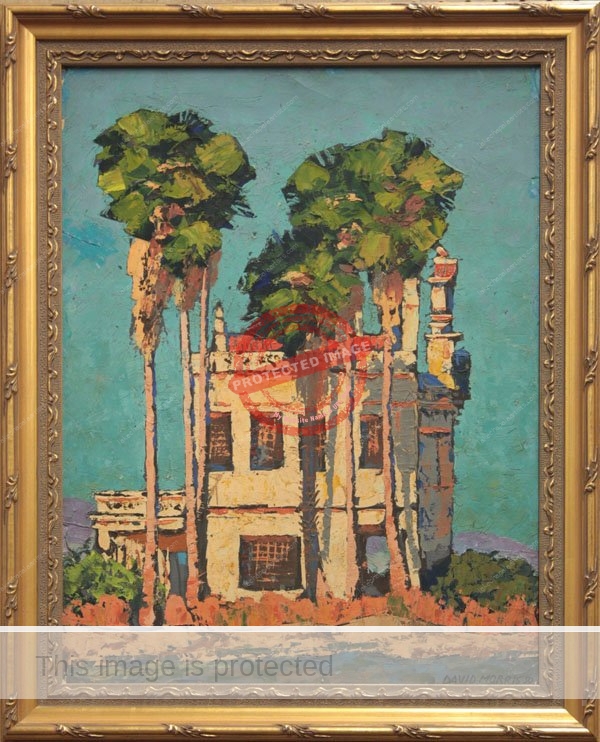
David Morris. c 1951. Old Railroad Station, Chapala.
Renowned watercolorist Gerald Collins Gleeson studied for a year in Mexico at the Mexico City College.

Gerald Collins Gleeson. 1981. Old Railway Station Lake Chapala. Note: Giclées of Gleeson’s painting are available via the website of the California Watercolor Gallery.
Canadian Mark Eager, who grew up in Ajijic, remains modest about his art achievements. The late Jorge Romo Rebeil, publisher of several tourism newspapers, suggested that Mark would be the perfect choice to illustrate Western Mexico: a traveler’s treasury, and he was absolutely right. Mark’s wonderful pen and ink drawings enlivened the text, ensuring the book’s enduring appeal to readers. (Thank you, Mark!)

Mark Eager. 1993. Chapala’s former railway station. (Illustration in Western Mexico: a traveler’s treasury)
Retired U.S. Marine and world explorer Charles L Engebretson painted and ran an art gallery in Ajijic for several years in the 1990s. Here is his interpretation of the Railroad Station:
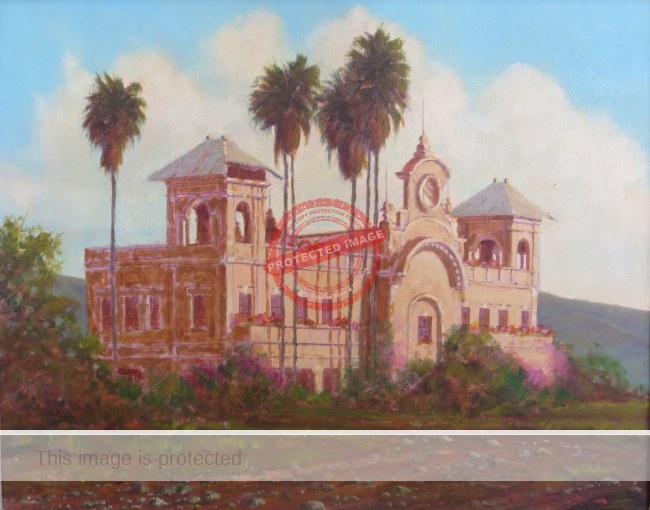
Charles L Engebretson. c 1998. Railway Station, Chapala. (Collection of the late Richard Tingen)
The interior of the González Gallo Cultural Center is well worth visiting. It still boasts many of its original features, floors and details, and has acquired a permanent collection of works by two important artists: Austrian painter Georg Rauch and Mexican sculptor Miguel Miramontes Carmona, long-time residents of Jocotepec and Chapala respectively.
The story of Christian Schetjnan and the iconic Chapala Railroad Station is told in chapter 42 of If Walls Could Talk: Chapala’s Historic Buildings and Their Former Occupants (translated into Spanish as Si las paredes hablaran: Edificios históricos de Chapala y sus antiguos ocupantes.)
My 2022 book Lake Chapala: A Postcard History uses reproductions of more than 150 vintage postcards to tell the incredible story of how Lake Chapala became an international tourist and retirement center.
Acknowledgments
- The painting by Gerald Collins Gleeson is reproduced by kind permission of the California Watercolor Gallery.
Comments, corrections and additional material are welcome, whether via the comments feature or email.
